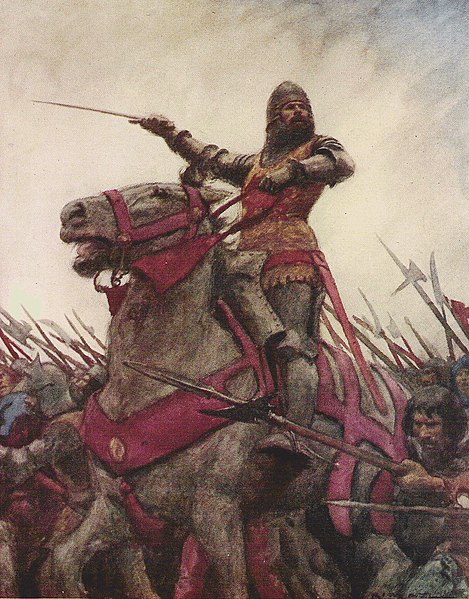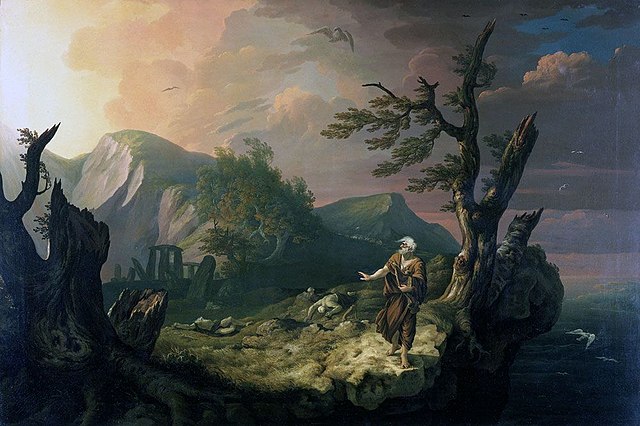In Welsh culture, an eisteddfod is an institution and festival with several ranked competitions, including in poetry and music.
The term eisteddfod, which is formed from the Welsh morphemes: eistedd, meaning 'sit', and fod, meaning 'be', means, according to Hywel Teifi Edwards, "sitting-together." Edwards further defines the earliest form of the eisteddfod as a competitive meeting between bards and minstrels, in which the winner was chosen by a noble or royal patron.
Y Prifardd Robin Owain enthroned after being awarded the bardic chair at the 1991 National Eisteddfod of Wales.
The National Eisteddfod of Wales, Mold 2007
The Lady of Cornwall with her flower girls at the 2007 Esedhvos in Penzance.
Galey Castle ruin with stairs, doorways and windows visible
The culture of Wales is distinct, with its own language, customs, festivals, music, art, mythology, history, and politics. Wales is primarily represented by the symbol of the red Welsh Dragon, but other national emblems include the leek and the daffodil.
Market Day in Old Wales by Sydney Curnow Vosper (1910)
Owain Glyndŵr painting by AC Michael
The Bard, 1774, by Thomas Jones (1742–1803)
360° panoramic view of the amphitheatre at Caerleon








